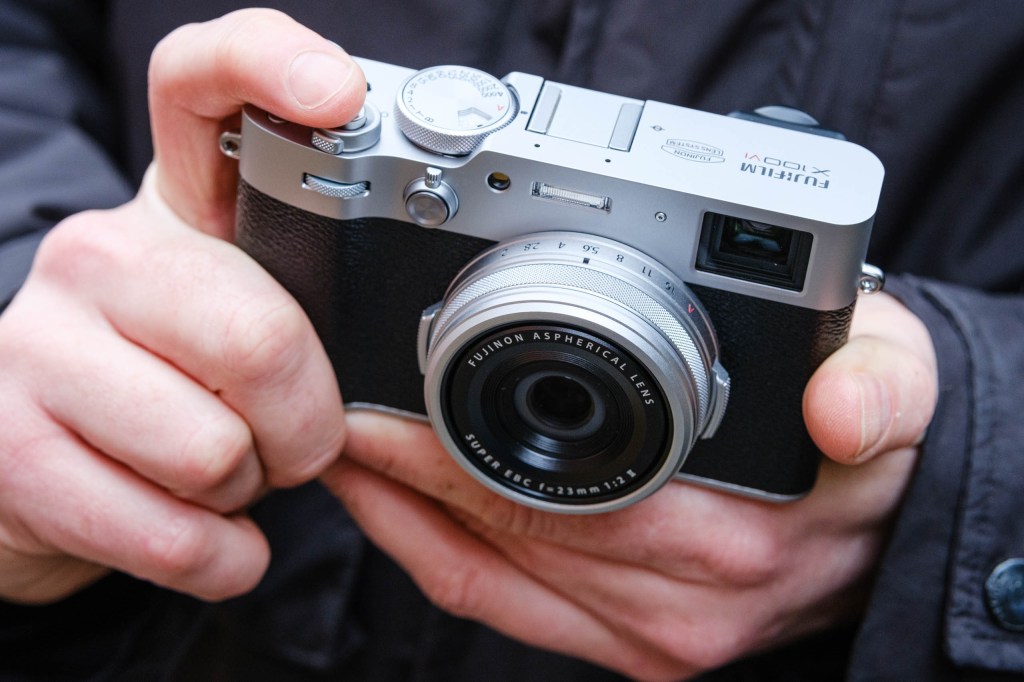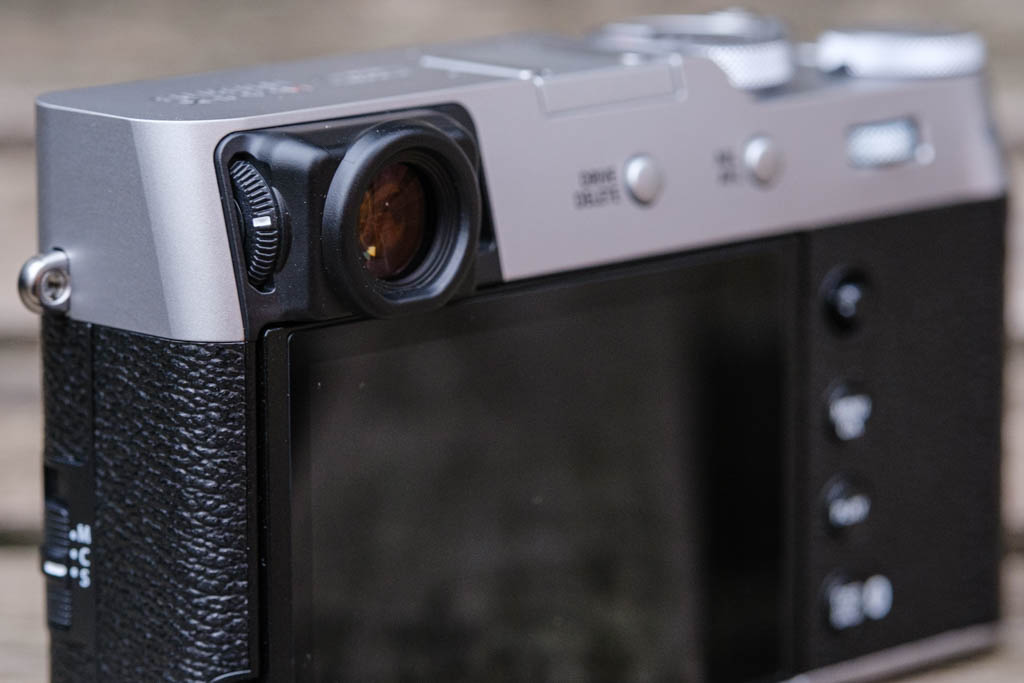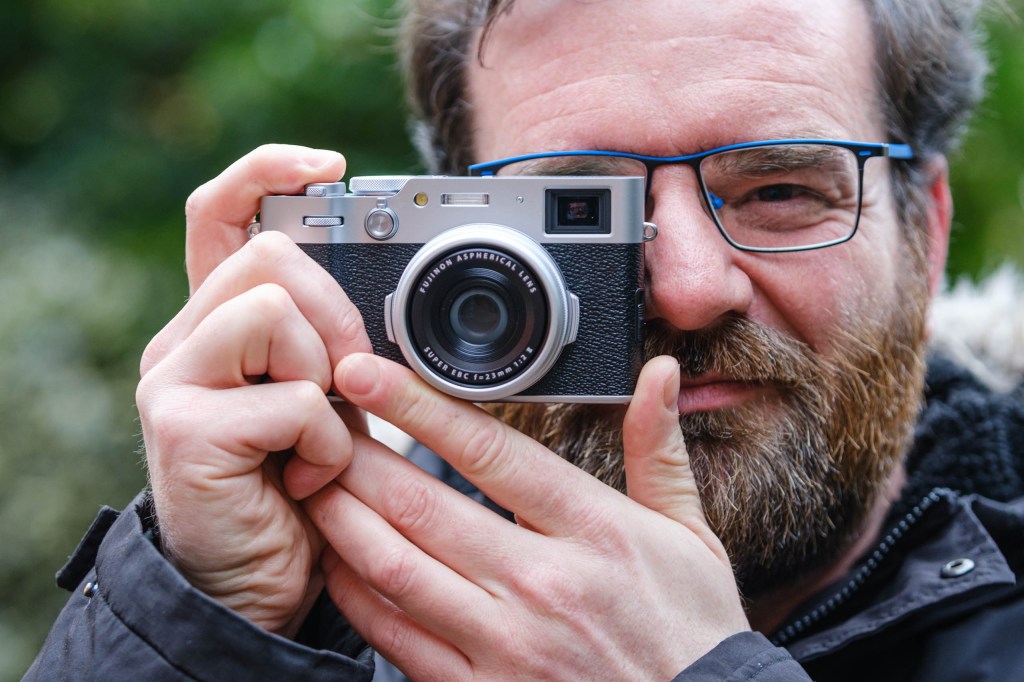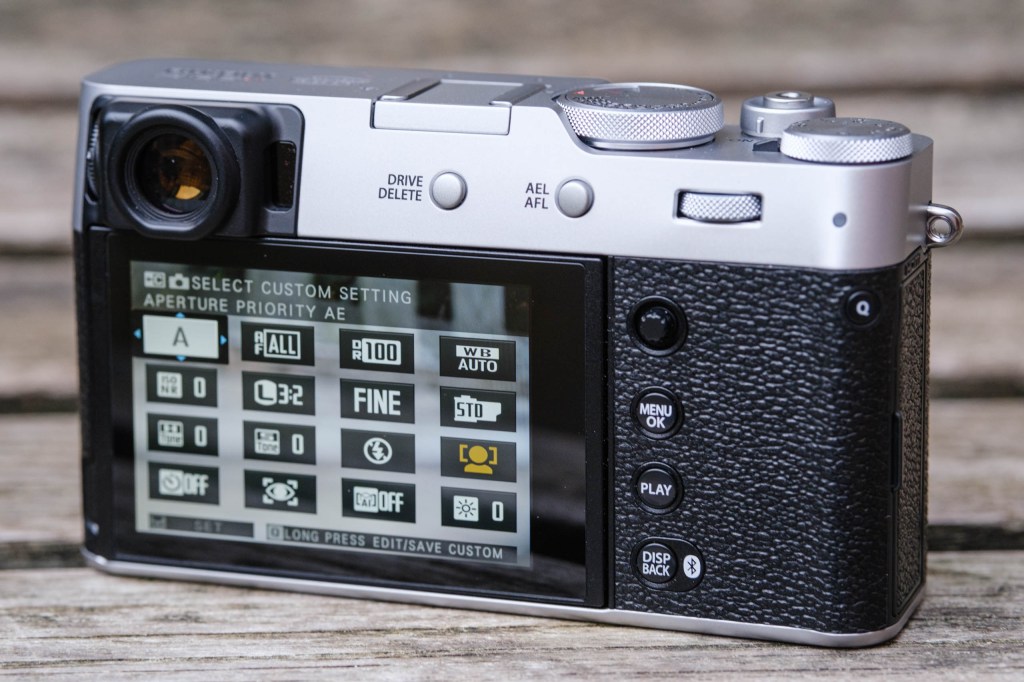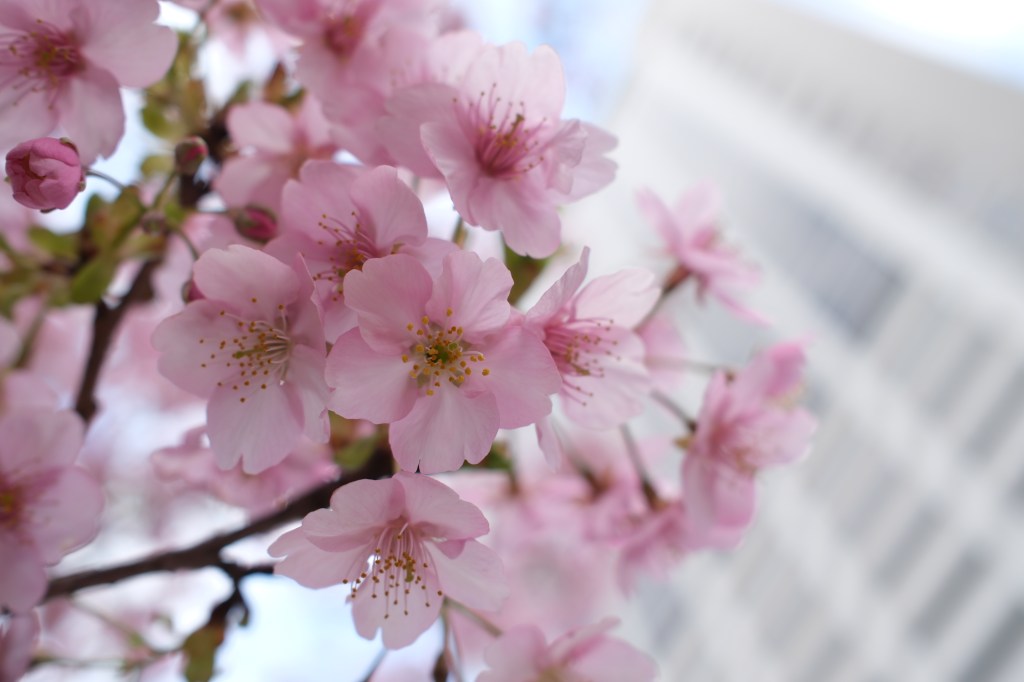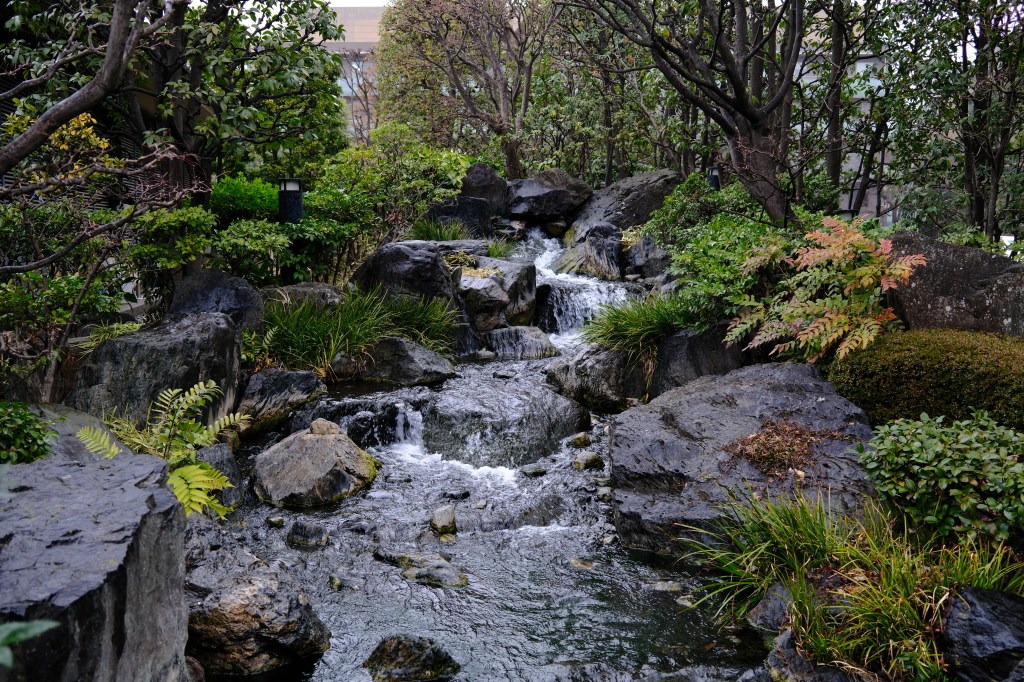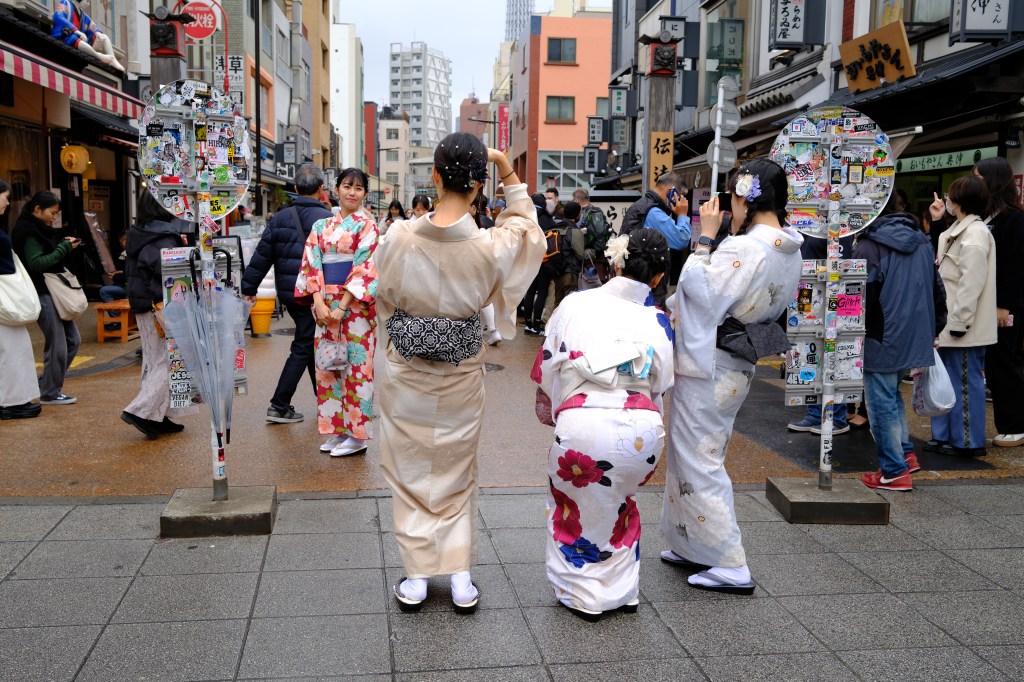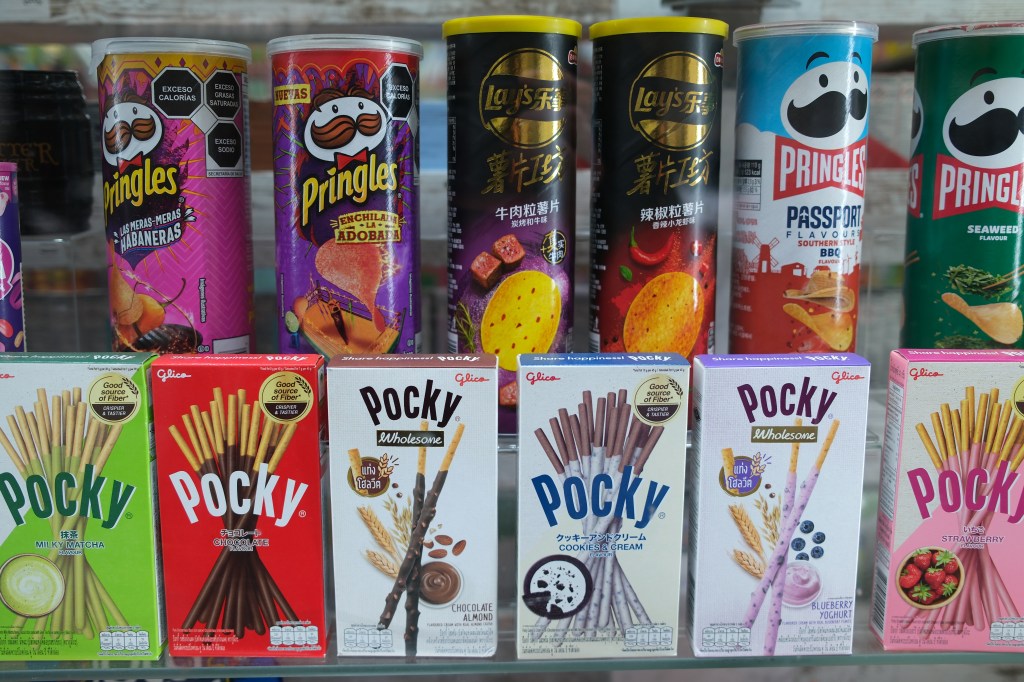Amateur Photographer verdict
The Fujifilm X100VI updates the cult-like X100V in a number of useful ways, with a new 40MP sensor, in-body image stabilisation, and improved AF. This camera is sure to be a huge success.- In-body image stabilisation
- Detailed crisp images
- Unique design and handling
- One-of-a-kind viewfinder
- 6.2K video recording
- Fixed lens will not be for everyone
- Full weather-sealing costs extra
Joshua Waller reviews the Fujifilm X100VI, the successor to the cult-classic X100V. This model gained a 40.2MP sensor and, for the first time in an X100 series camera, in-body image stabilisation. Could this be one of the best Fujifilm cameras ever released? Find out in our full review.
At a glance:
- $1,599 (excluding taxes), £1,599, €1,799
- 40.2MP APS-C X-Trans CMOS 5 HR sensor
- Fixed 35mm equivalent f/2 lens
- In-Body Image Stabilisation – 6 stops (5-axis)
- Hybrid optical / electronic viewfinder
- Two-way tilting touchscreen
- 6.2K 30p, 4K 60p, and 1080 240p video
- Available in silver or black

The Fujifilm X100VI (VI = “Six”) is Fujifilm’s latest X100-series camera. The previous X100V is infamous for a multitude of reasons. Most notably, it combines gorgeous retro styling with modern high-spec digital imaging. It’s been featured on numerous videos and gone viral on TikTok. After over a year since the X100VI’s release, demand is still high. However, the firm has increased manufacturing capacity, meaning you should be able to buy one.
While the X100V has been discontinued, Fujifilm’s X100VI includes several major updates.
Key features:
- IBIS – 5-axis in-body image stabilisation has been added with very little change in size, and only a slight increase in weight
- Sensor – The camera gets a boost in resolution thanks to the same 40.2MP sensor as used in the X-T5 and X-H2
- Viewfinder – The hybrid optical / electronic viewfinder continues to offer a unique shooting experience
- Classic design – The X100VI has the same sensor and processor as the X-T5, but with the analogue soul that’s the hallmark the X100 series
Features
You get a number of new features in the X100VI. It has the same 40.2MP X-Trans 5 sensor and X-Processor 5 as the excellent Fujifilm X-T5. New features include subject recognition autofocus and tracking, with birds, planes and automobiles all being detected. There’s also human face and eye detection, but this is in a separate menu setting, which is a shame.

Thanks to that 40MP sensor, you can now use 1.4x and 2.0x digital teleconverter options and still get useful resolution images. The 1.4x teleconverter gives 20MP files and 50mm equivalent view, whilst the 2.0x teleconverter gives 10MP at 70mm equivalent.
The new processor allows for 20% reduced power consumption. However, the new in-body image stabilisation system, which gives up to 6 stops of shake reduction, does use some of this power. Overall, battery life is slightly improved at 450 shots vs 420 shots on the X100V when using the OVF and shorter when using the EVF or LCD screen. The same NP-126S battery is employed as in many other Fujifilm models, including the previous two generations of X100.
The new IBIS system adds 48g to the weight, which is now 521g with battery and memory card, compared to 473g for the X100V. The camera is also 2mm thicker overall, with a slightly more prominent lens that’s 1.5mm longer at the front. The body is a negligible 0.5mm thicker.
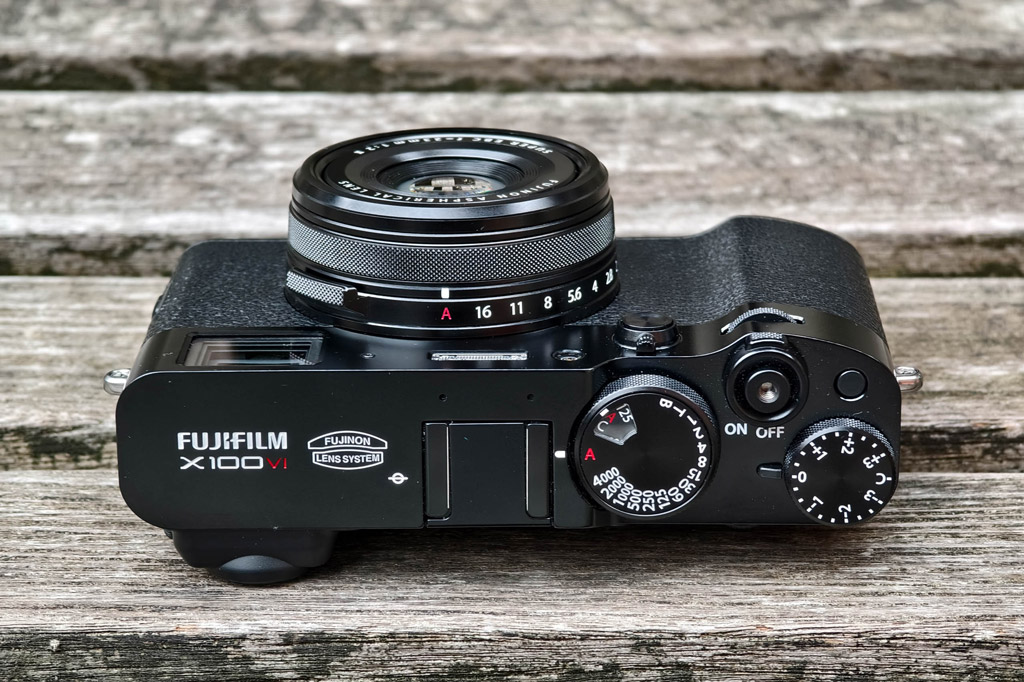
Other dimensions remain the same, making the camera compatible with the same accessories as before, including cases and straps. It’s also compatible with the existing screw-on wide-angle and tele-convertors. The camera body has the same level of weather sealing as the X100V, which means it’s still necessary to add a lens adapter or filter kit for complete protection.
There are now 20 film simulations available, with REALA ACE being the latest to join the line-up. You can shoot at 11fps using the mechanical leaf shutter, or up to 20fps with the electronic shutter. The fastest shutter speed is an incredible 1/180,000s when using the electronic shutter.
Like the X-T5, the camera features AI Auto White Balance, which uses AI deep learning to give you improved colour reproduction. You also get the option of Warm, Auto and Cool auto white balance to suit the mood of the scene, or simply your preferred look.
Design and handling
Externally, the X100VI uses much the same classic styling and layout as before. It has dials on top for shutter speed, ISO and exposure compensation, plus aperture and manual focus rings around the lens. There’s a small joystick on the back to move the focus point and change settings, and a fairly minimal array of other buttons.

You also get the X100 line’s unique hybrid viewfinder, which can be switched between electronic and optical views, with the latter giving an experience much like a classic rangefinder camera, but with the latest AF features.

The optical / electronic viewfinder is a truly unique experience, letting you choose between a great optical viewfinder or a great electronic viewfinder, with the added bonus of an electronic overlay if wanted over the optical view. You can even have a small digital EVF in the corner of the optical viewfinder showing a magnified view of the focus area. The switch on the front of the camera lets you switch between the different viewfinder modes and displays, and the central button can also be customised.
In comparison, there are very few current digital cameras of any kind of optical viewfinder outside of the DSLR, and digital rangefinder. This means your choices tend to be at the very budget end of the market, with the charm-full Camp Snap Camera, or at the very top of the budget, with the somewhat eye-wateringly expensive Leica cameras.
Below the viewfinder is a super-slim and flush-fitting tilting screen, which is great for discreet shooting. This all makes it an absolute delight to use.
The top dials remain the same as the X100V, and similarly all allow the dedicated dials to change settings, such as aperture, shutter, and IS. Alternatively, you can control these settings with the front and rear command wheels as needed; except for the exposure compensation dial. The top right button can be customised.
The shutter speed dial is found on top, with shutter speeds from 1/4000s to 1 with A (automatic) as well as T/B. With this set to T you can adjust the shutter speed using the command wheel. The exposure compensation dial is not locking, and therefore can potentially be knocked accidentally; though I didn’t find this a huge problem.

You can adjust the ISO speed dial by pulling the dial up, and the window shows you the setting. You can leave this set to A for automatic, or control the ISO speed using the command wheel. As you need to pull up the dial to adjust this, this means it’s locked into place when it’s down. If you use the shutter speed dial to set the shutter speed, this can end up in the wrong place, making it more difficult to read the ISO speed setting.
When taking pictures, the camera gives a pleasingly quiet and sophisticated shutter release sound, thanks to the leaf shutter. You can also choose from three electronic shutter noises, and adjust the volume level.
The aperture ring gives direct markings from f/2.0 to f/16, with one-third steps in-between, and at the end of this is the A (for automatic) setting. When both the aperture and shutter speed are set to A, you can adjust the shutter speed / aperture setting from the camera’s command dials, if you want to.
The manual focus ring – this can be customised to your own tastes, as needed, so you can set it to adjust the film simulation mode, or the digital zoom/crop setting, for example. This is an electronic focus by wire ring, so when using it for manual focus, there is no physical stop at the end of each focus point.
The Q / Quick menu button is quite small, but something you quickly get used to. When you press this, you bring up the quick menu (as shown above), and this gives quick access to different settings. As the camera has direct access to the main shooting controls, you shouldn’t need to use this too much, but if you do, then you can quickly navigate using the joystick and command wheel to change settings. You can also use the touch screen to select and adjust settings, however, this feels slower.
The menus are relatively clear, but can take a while to navigate. There’s some slowness when switching from the photo menus to the setup menus as the camera will pause for a split second to close the shutter and OVF. There’s also an even longer delay when switching into the video resolution settings. This was the same on the X100V, and it seems strange that these parts of the camera still feel slow and not as polished. Like other cameras, there’s a ‘MyMenu’ section where you can add your favourite settings, for quicker access, however, it’s a shame there’s no search function.
Performance and image quality
Here are a range of sample photos from the new camera taken in a variety of different real-world shooting situations.

With in-body image stabilisation (IBIS), the camera moves the sensor to compensate for any camera movement. I was able to get sharp shots when shooting handheld at shutter speeds as slow as 1/8s and 1/4s. At slower speeds than this, the images were blurred for me. However, your results may differ depending on how stable you can hold the camera.
It’s impossible to talk about Fujifilm colour without talking about the film simulation modes, of which there are now 20, with REALA ACE joining the collection. You also have black and white filters for the vintage look.
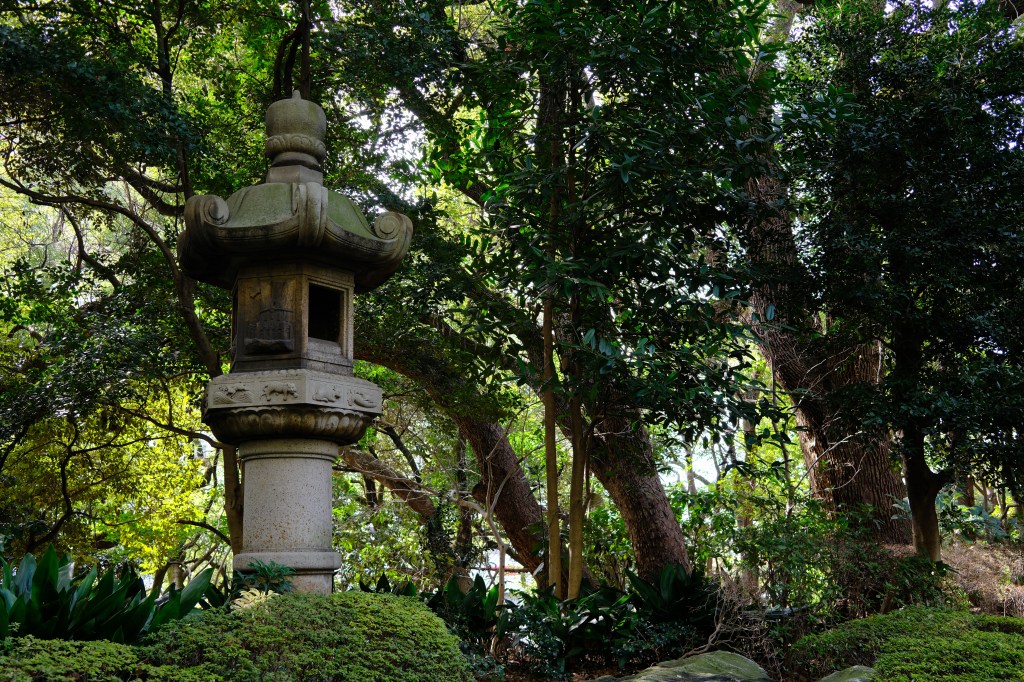
However, the film simulations are just part of the conversation, as you can go beyond this and adjust a whole host of other settings that affect the colour and look of images, with options to add grain, etc.
If this sounds like a daunting task, then you can look up film “recipes” online, where you’ll find the settings to change that allow you to recreate your favourites from film days from other film companies, and beyond.
Lens performance
I was wondering if the Fujinon 23mm F2.0 II lens would be able to work well with a 40MP sensor, as the higher resolution sensor is likely to make any lens weaknesses all the more obvious.
My concerns were quickly gone, and I can confirm that the lens is capable of resolving an impressive level of detail across the entire frame, as you can see in the photo above. When viewing at 100 percent, the fine details remain crisp and clear even into the corners of the frame.
If you do view images at 100 percent, then you can see some signs of chromatic aberrations, with purple fringing becoming visible, particularly towards the corners of the frame. However, this was not a huge problem, and easily corrected in image editing software.
You can focus on subjects that are 10cm away from the front of the lens, and this gives some pleasing results. The background blur / bokeh looks very pleasing as well, helping separate the subject.
There’s a 4-stop ND filter built in that can be used to reduce the shutter speed in stills and in video. When using this, there does appear to be a slight colour shift, with the photo produced having a cooler tone.
Exposure is reliable, with very little need to adjust the exposure compensation, except for your own personal preferences. Dynamic range captured in JPEG images straight out of the camera is good, although if you do want more, then you can adjust the DR settings with DR100, DR200 and DR400 options available.
Video recording
You can record 6.2K video at 30fps, but you can also record 4K 30fps video down-sampled from 6.2K giving additional detail. You can also record 4K up to 60fps, if you want regular 4K, not down-sampled from 6.2K. The stabilisation system works fairly well, but for best results, you need steady hands, and it does not appear to match other camera systems. An additional electronic stabilisation can be switched on, which helps.
Without a mode dial on the camera, you scroll using the drive mode button to select the video mode. It’s not the most elegant way to switch to a video mode, and it feels like the X100VI’s primary aim is as a stills photography camera.
Verdict
The X100VI is, without doubt, a gorgeous and highly desirable camera, and one that that remains up there with one of the most beautiful digital cameras ever made. But with the newer model, you also get Fujifilm’s latest technological advancements with advanced subject detection tracking.
The X100 series has already reached cult status with the 5-year-old X100V, and it’s difficult to see how this will change with the X100VI. It’s a joy to look at, enjoyable to hold, and great to shoot photos with. The photos you get back look fantastic, too, although whether you need 40MP or 26MP will be up to you.
With Fujifilm’s track record of beautiful colour science via its Film Simulation modes, this camera is capable of delivering the goods, time and time again. If you are looking for a fixed-lens compact, then there’s very little to dislike here, and a lot to love.
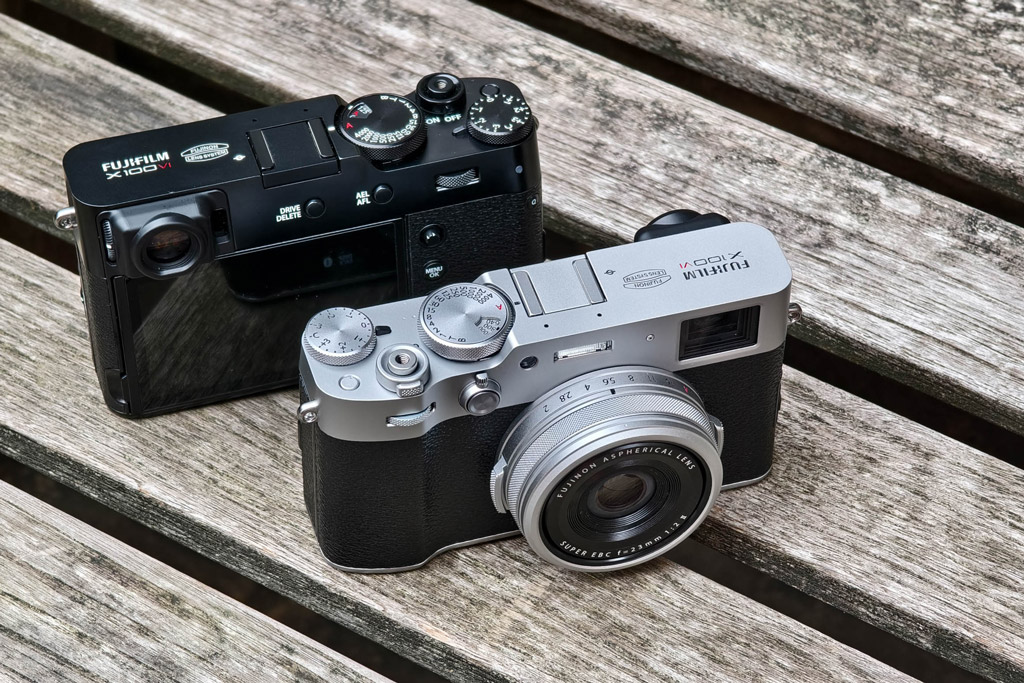
However, whilst the compact 35mm equivalent f/2 lens isn’t the fastest in the world in terms of focusing speeds, it is plenty quick enough for the majority of shots, and gives an improvement over the X100V’s focusing speeds. If you are happy with a fixed lens, then you’ll be rewarded with something special. If you’ve been turned cold by cameras that have no soul, then this is one hell of a camera.

Related reading:
Additional Fujifilm X100VI Sample Photos:
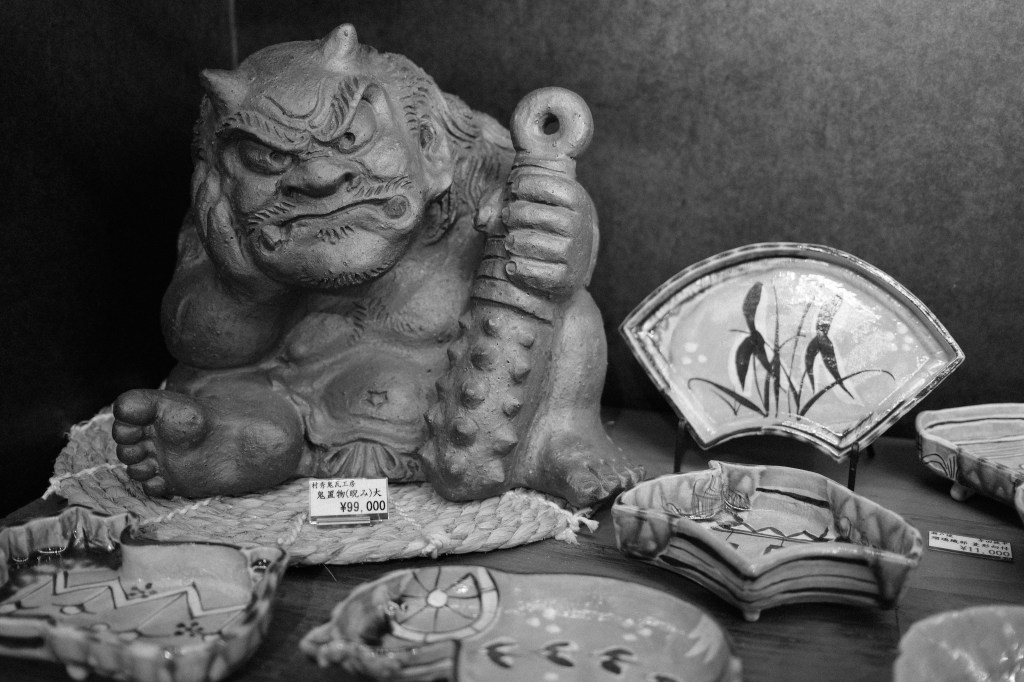

Fujifilm X100VI Full Specifications
| Sensor | 40MP X-Trans CMOS 5, 23.5mm x 15.7mm |
| Output size | 7728 x 5152 |
| Lens | 35mm equivalent, f/2 |
| Shutter speeds | 30 sec – 1/4000sec (mechanical); 30sec – 1/180,000sec electronic |
| Sensitivity | ISO 125-12,800 (standard), ISO 64-51,200 (extended) |
| Exposure modes | PASM |
| Metering | Multi / Spot / Average / Center Weighted |
| Exposure comp | +/- 5EV on 0.3EV steps |
| Continuous shooting | 11fps (mechanical shutter); 20fps with electronic shutter and 1.29x crop |
| Screen | 3in, 1.62-dot tilting touchscreen |
| Viewfinder | Hybrid optical/electronic; 0.52x OVF, 3.69m-dot, 0.66x OLED EVF |
| AF points | 117 or 425 |
| Video | 6K 30p, 4K 60p, Full HD 240p |
| External mic | 2.5mm stereo |
| Memory card | UHS-I SD |
| Power | NP-W126S Li-ion |
| Battery life | 450 shots |
| Dimensions | 128 x 74.8 x 55.3mm |
| Weight | 521g |


